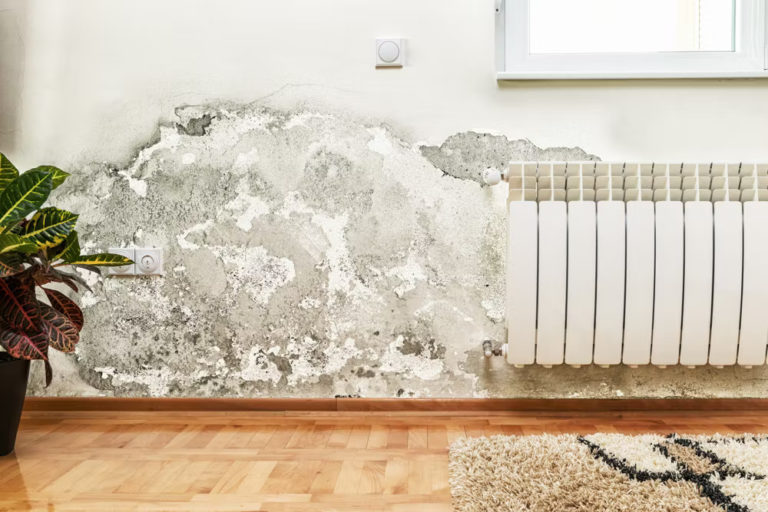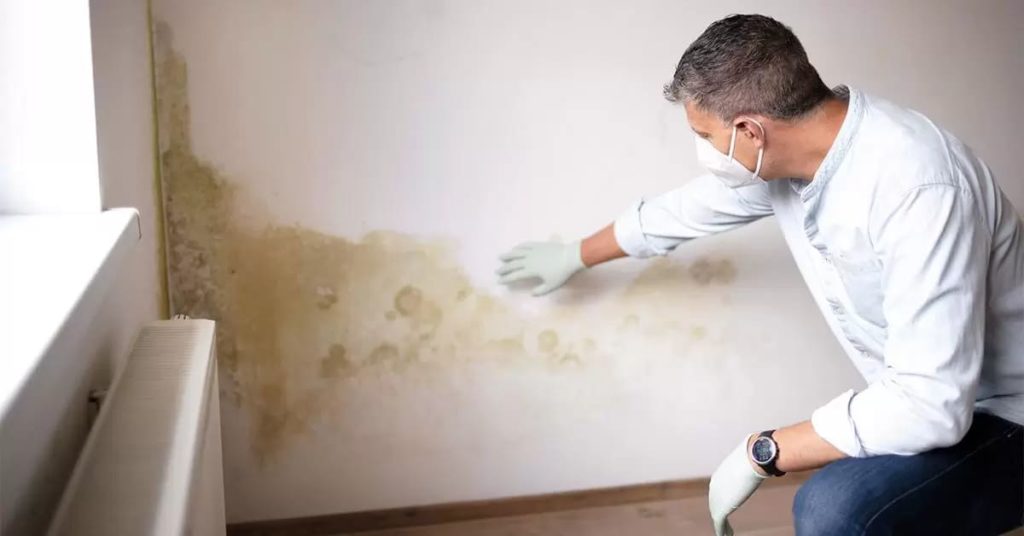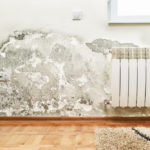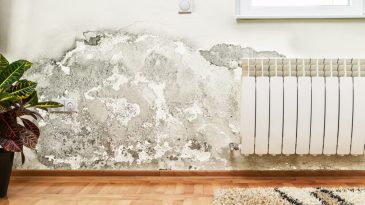- General
- Updated on August 28, 2025
How to Prevent Waterlogging and Dampness in Your Home

Monsoon season brings relief from scorching heat, but it also comes with its share of challenges. Waterlogging and dampness in homes can cause structural damage, promote mold growth, and lead to health issues. Preventing these problems requires a combination of planning, maintenance, and proactive measures.
This guide will walk you through practical tips, preventive strategies, and expert insights to keep your home safe, dry, and healthy during the rainy season.
Understanding Waterlogging and Dampness

Waterlogging occurs when rainwater accumulates around your property, failing to drain properly. Dampness refers to excess moisture inside your home, often caused by leaks, poor ventilation, or rising water levels.
Why Waterlogging and Dampness Are a Problem
- Structural Damage: Prolonged exposure to water can weaken foundations, walls, and flooring.
- Health Hazards: Damp spaces promote mold and mildew, leading to respiratory problems and allergies.
- Unpleasant Odors: Moist conditions cause musty smells that are hard to remove.
- Pest Infestation: Stagnant water attracts mosquitoes, termites, and other pests.
Understanding the root causes helps homeowners take preventive action before problems escalate.
Causes of Waterlogging Around Homes
Several factors contribute to water accumulation near houses, especially during heavy rains.
Poor Drainage Systems
Blocked or poorly designed drains prevent water from flowing away, causing flooding around the property.
Low-Lying Areas
Homes built in valleys or depressions are more prone to waterlogging due to natural water flow patterns.
Impermeable Surfaces
Concrete and asphalt surfaces prevent rainwater absorption, increasing surface runoff.
Improper Landscaping
Slopes and uneven terrain can cause water to collect against walls and foundations, leading to dampness inside the house.
By identifying these causes, you can focus on practical solutions that reduce water accumulation.
Preventive Measures for Waterlogging
Preventing waterlogging requires both external and internal strategies.
Maintain Gutters and Drains
- Regularly clean gutters and downspouts to prevent blockages.
- Ensure drains slope away from your home to direct water flow properly.
Improve Soil Drainage
- Use permeable materials like gravel or sand for landscaping.
- Create soak pits or rain gardens to absorb excess water naturally.
Elevate the Foundation
- If possible, raise your home’s foundation slightly above ground level.
- Use waterproof coatings on basements and ground floors to reduce seepage.
Install Proper Drainage Channels
- French drains, trench drains, and surface drains can redirect water away from the property.
- Consult a professional for large-scale drainage planning to prevent long-term damage.
Preventing Dampness Inside the Home
Even with good external drainage, dampness can occur indoors. Moisture control and ventilation are key to a healthy home.
Keep Walls and Floors Dry
- Apply waterproof paints or sealants on walls and floors prone to dampness.
- Fix cracks in walls, roofs, and basements to prevent seepage.
Ensure Proper Ventilation
- Use exhaust fans in bathrooms and kitchens to remove excess moisture.
- Open windows during breaks in rain to allow fresh air circulation.
Use Dehumidifiers
- Dehumidifiers absorb moisture from the air, reducing mold and mildew growth.
- Place them in basements, storage areas, and bathrooms for optimal effect.
Regular Inspection and Maintenance
- Check for leaks in plumbing and roofing regularly.
- Repair small issues promptly to prevent bigger dampness problems.
Tips for Landscaping to Reduce Waterlogging
Proper landscaping not only beautifies your home but also prevents water accumulation.
Create Sloped Surfaces
- Ensure that outdoor surfaces slope away from the foundation.
- Even a slight gradient prevents water from pooling near walls.
Use Raised Garden Beds
- Raised beds improve soil drainage and reduce waterlogging around plants.
Plant Water-Absorbing Vegetation
- Trees and shrubs with deep root systems can absorb excess water.
- Grass lawns and ground covers help reduce surface runoff.
Seasonal Maintenance Checklist
Regular maintenance before and during the rainy season ensures your home stays dry and safe.
- Clean gutters, downspouts, and drains.
- Seal cracks and waterproof vulnerable areas.
- Inspect roofing and plumbing for leaks.
- Use sandbags or temporary barriers in low-lying areas.
- Keep indoor spaces ventilated and dry.
Following this checklist reduces the risk of waterlogging and dampness, preventing costly repairs later.
Read Also : Monsoon Mildew Prevention: Keep Your Indian Home Dry & Fresh
Final Thoughts
Waterlogging and dampness are common problems during the rainy season, but with proactive planning and regular maintenance, they can be easily prevented. By improving drainage, protecting your home’s foundation, and controlling indoor moisture, homeowners in Canada and other rainy regions can enjoy a safe, healthy, and dry living environment.
Investing in preventive measures not only protects your property but also ensures a comfortable, mold-free home during monsoons. Start today, and stay prepared for the next rainy season.
Join the discussion
Related Articles
No results available
ResetTrending Articles


- General
- Updated on August 28, 2025


- General
- Updated on August 28, 2025


- General
- Updated on August 21, 2025


- General
- Updated on August 19, 2025


- General
- Updated on August 16, 2025


- Health
- Updated on August 12, 2025


- General
- Updated on August 22, 2025


- General
- Updated on August 19, 2025


- General
- Updated on August 8, 2025


- Tourism
- Updated on August 6, 2025
No results available
Reset


